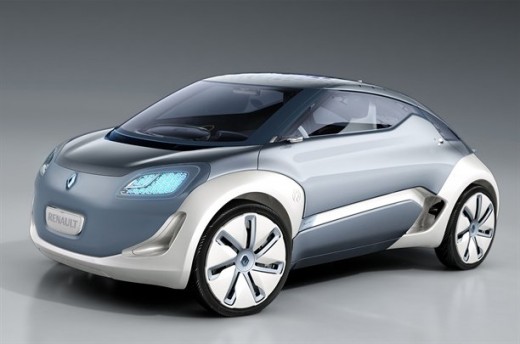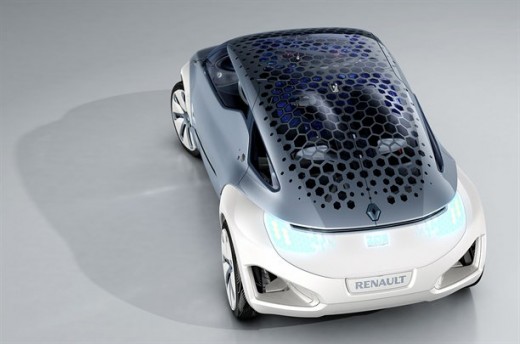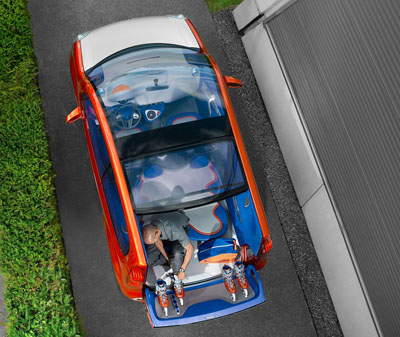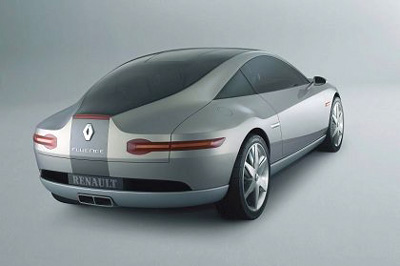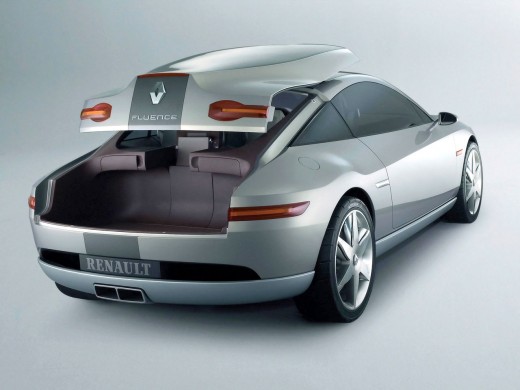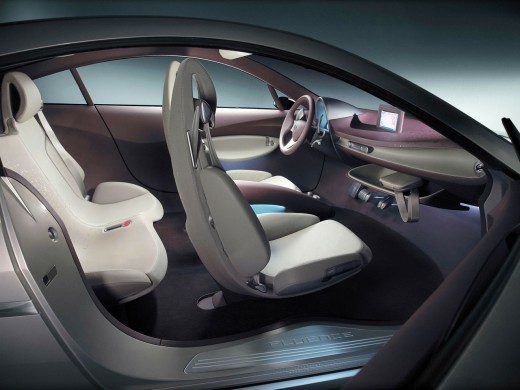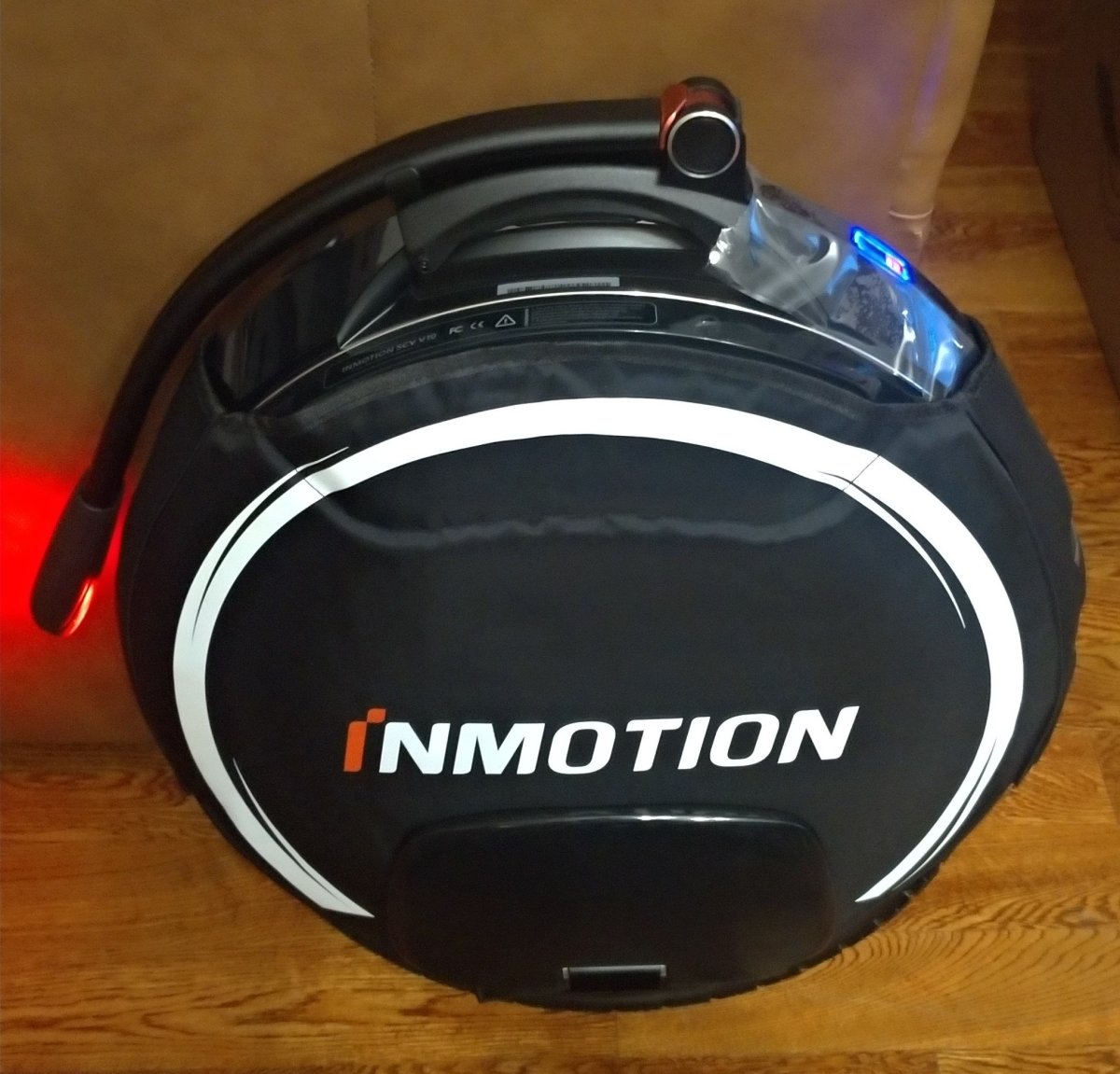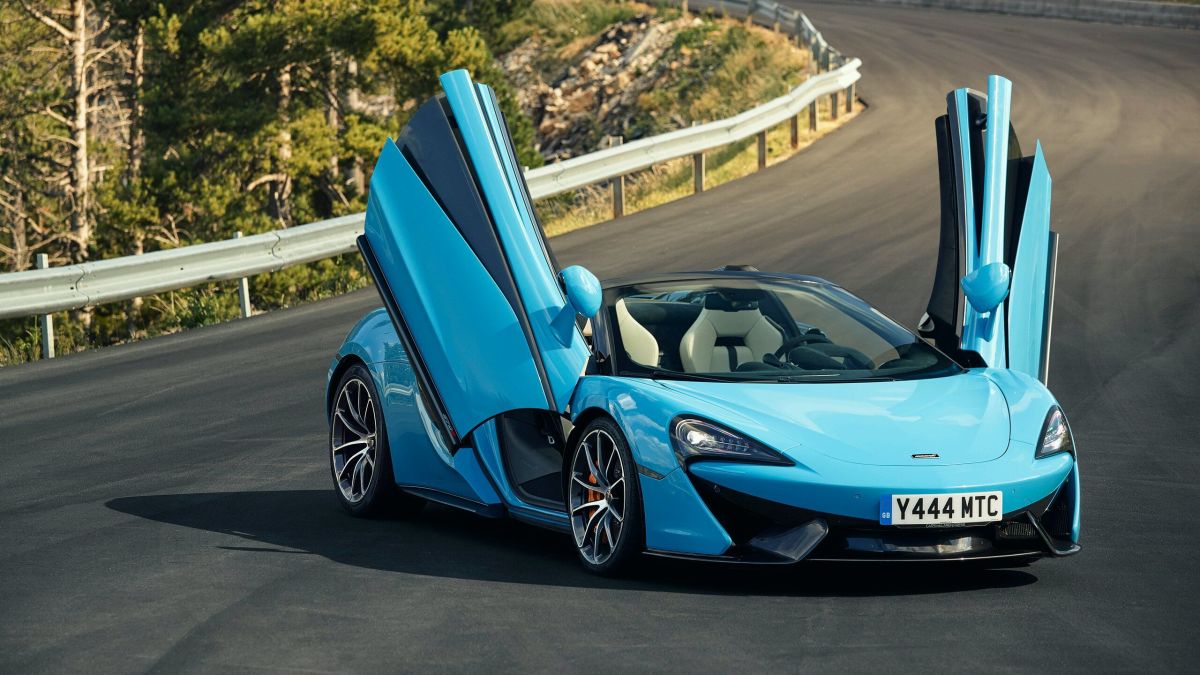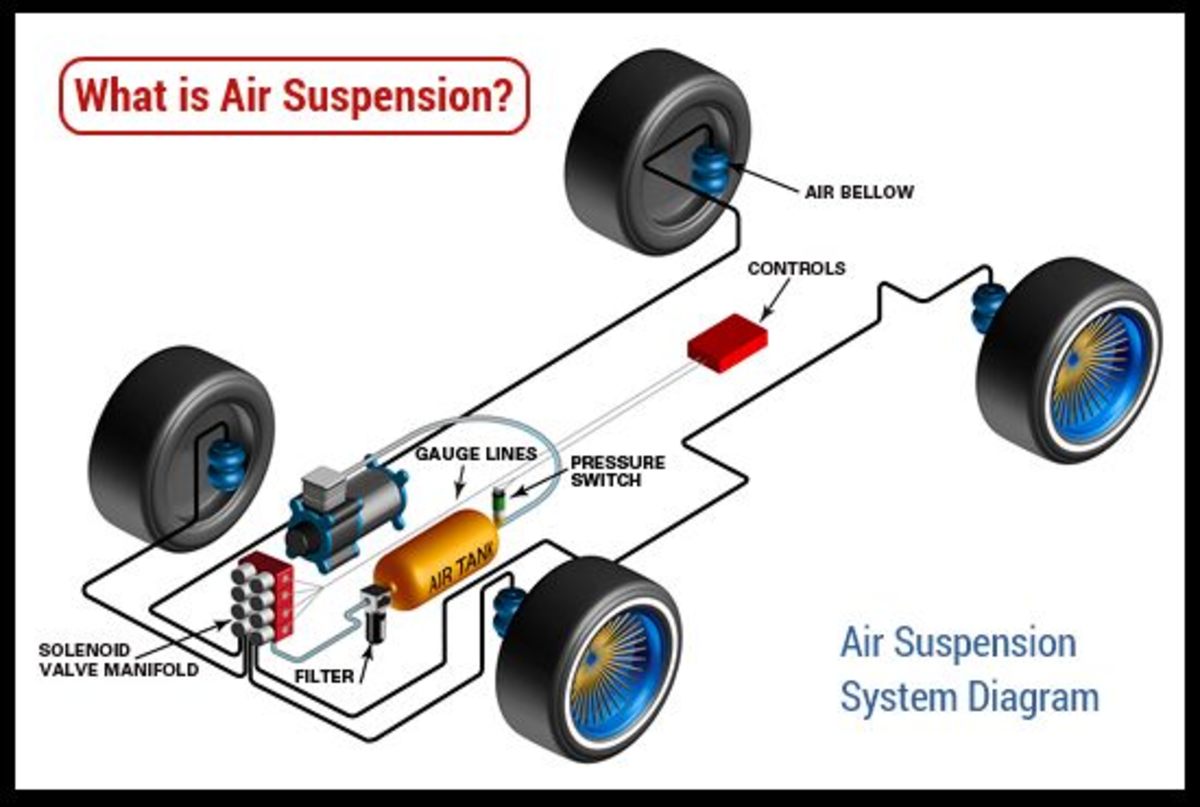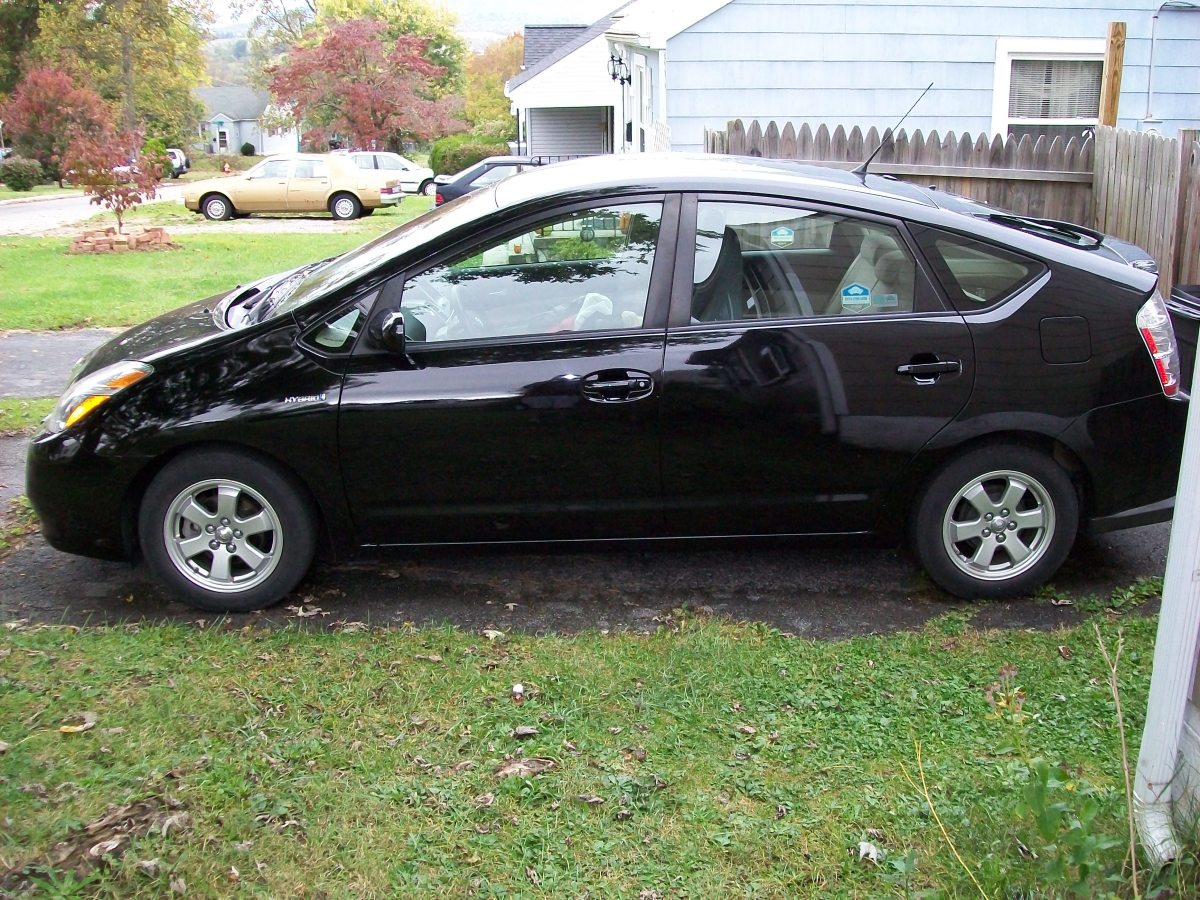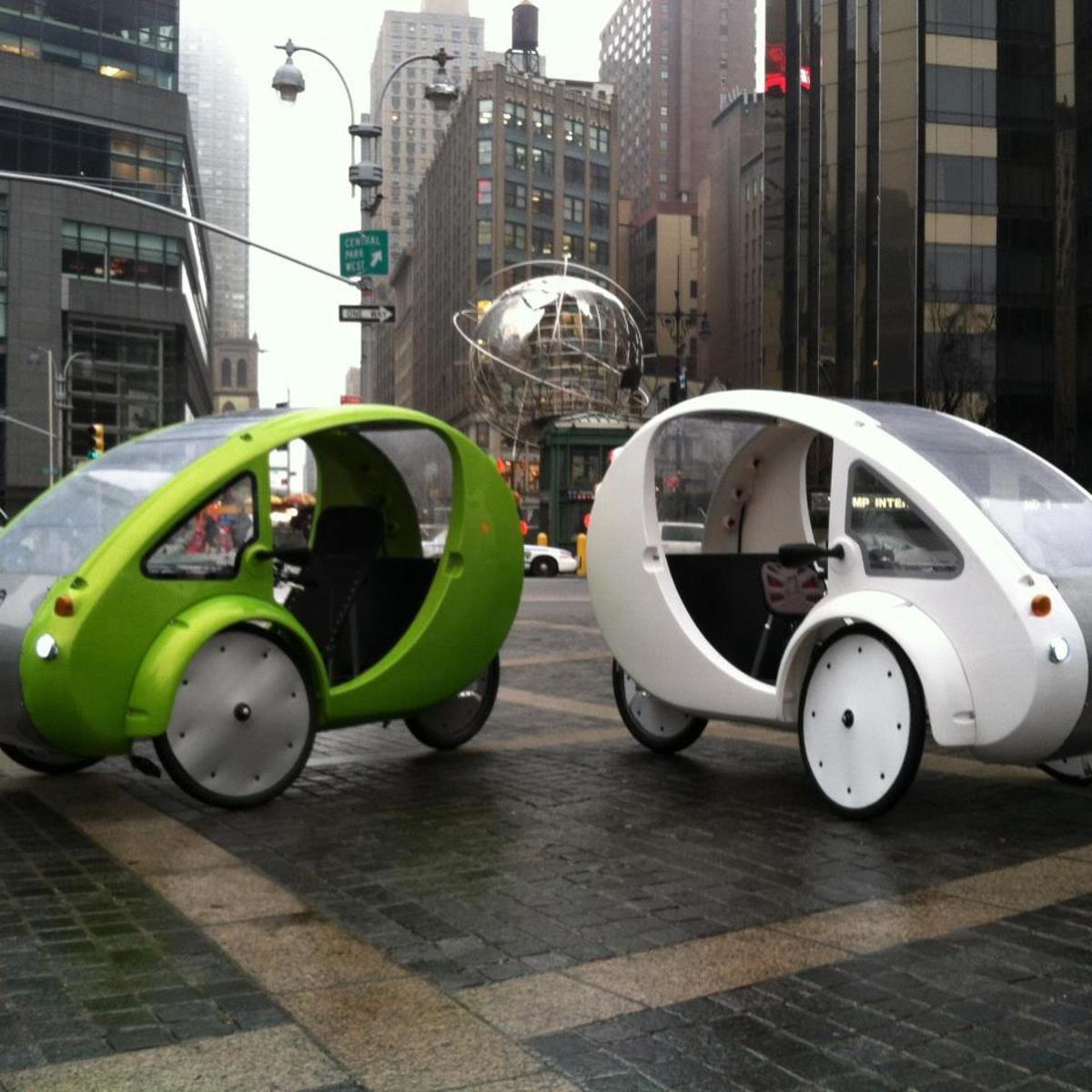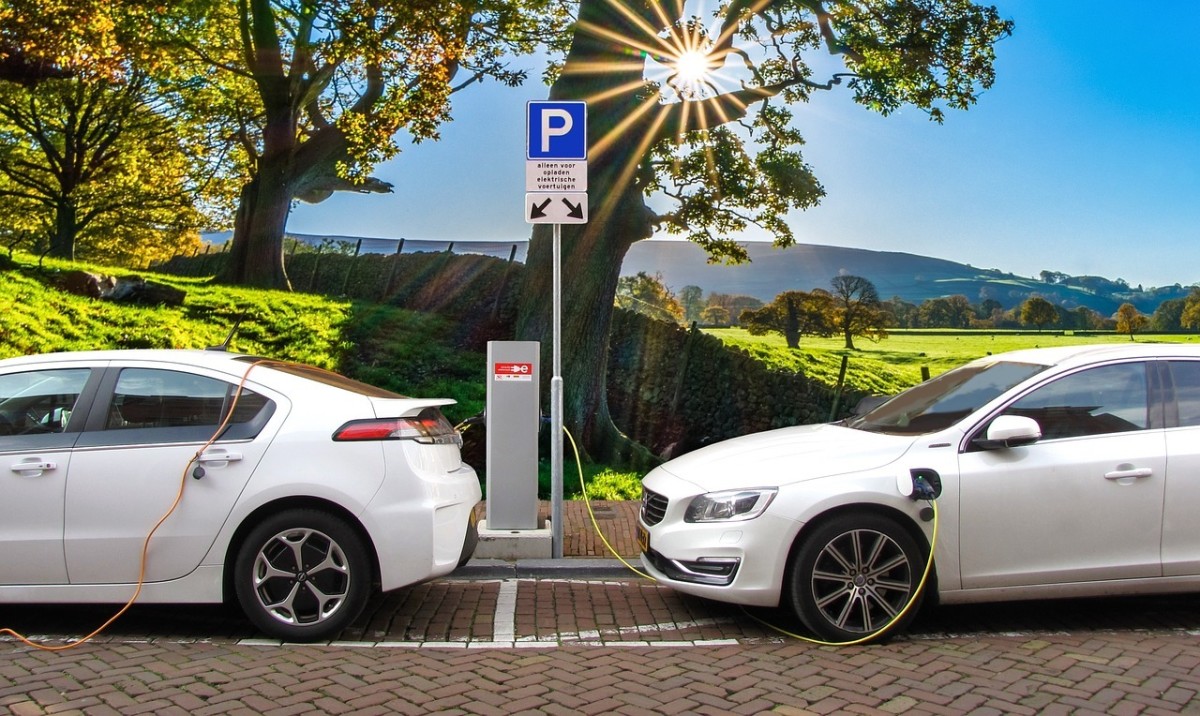Future Car - Renault
Renault Beginnings
Renault, a French automaker, was founded in 1898 by Louis Renault, and his brothers Marcel & Fernand along with friends Thomas Evert and Julian Wyer. While Louis handled design and engineering Marcel and Fernand managed the company. Their first production car, the Voiurette (French for cart) was sold to a family friend. The friend was so impressed with a demonstration of the vehicle that he bought it on the spot.
Recognizing that publicity was essential to the growth of the company the brothers began entering their cars in races. Renault (the company) had instant success in city-to-city races and demand for the cars caused rapid expansion for the company.
Louis, Marcel, and Fernand all raced the cars, but Marcel was killed in an accident during the Paris-Madrid race of 1903. Though Louis never raced again the company continued to have full involvement in the racing world. Renault branched into the production of trucks and buses, and even produced a successful tank, the Renault FT-17 during World War I.
Renault has remained a company of innovation and plans to produce and sell twenty to forty thousand (20,000 ~ 40,000) electric vehicles in 2010 ~ 2011. Of these four models will be built...from a two seater to a luxury car. These are the Twizy Z. E. Kangoo BeBop Z. E., Zoé Z.E., and the Fluence Z.E. In all cases Z.E. stands for Zero Emissions.
Though these cars are referred to as concept vehicles European companies often build, drive, and display these vehicles as if they are production. Also, because European companies do not have the "deep pockets" of American manufacturers a concept vehicle is often much closer to final design than those offered by Detroit. e.g. You may very well see these cars, or close versions of them, in the near future.
The remainder of this hub will discuss these four vehicles.
A note about the videos. All the videos, but one are silent. The Kangoo BeBop video is music only.





Renault Zoé Z.E.
The Zoé is a four passenger two or four door passenger vehicle that is all-electric. At thirteen point five (13.5') feet long (4.10m) it is powered by a 70kW electric motor which develops one hundred sixteen (116fp) foot pounds (226Nm) of torque. The electric motor will produce up to ninety-five (95) horsepower using lithium ion battery packs for storage. The Zoé should be able to travel one hundred (100) miles between charges.
It will feature twenty-one (21") wheels, large doors, hinged roof sections for easy access to the rear seats, and a honey-comb lattice work reinforced glass roof.
A standard charge will take four (4) to eight (8) hours with a quick charge to eighty (80%) percent of battery capacity in twenty (20) minutes.
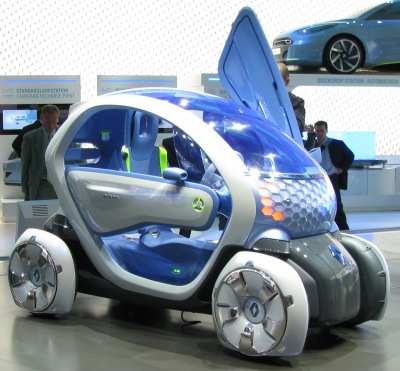
Renault Twizy Z.E.
The Twizy is a one passenger one driver urban all-electric vehicle. Looking vaguely like the Smart For Two it more a four wheeled motorcycle than a car. The car boasts full wheel covers, side airbag panels that serve as "doors", and lighted matrix panels that serve as both headlights and taillights (see video below). Designed strictly as urban vehicle the car measures
seven point five (7.5') feet in length or two point three meters (2.30m) and not quite four (3.7') feet in width or one point one meters (1.13m). The front seat is described as roomy while the rear seat is quite small. The rear seat can be adjusted for height for especially tall passengers. Note that the "doors" swing up on a pivot at the front of the vehicle rather than opening out to the side.
The car is driven by a fifteen (15KW) Kilo-Watt motor (20hp) which can develop fifty-one (51fp) foot-pounds (70Nm) of torque. The motor is driven by series lithium ion batteries giving the car a range of sixty-two (62) miles or one hundred Kilometers (100km) with a top speed of forty-seven (47mph) miles per hour or seventy-five Kilometers her hour (75km/h).




Renault Kangoo BeBop Z.E.
The Kangoo's dimensions are twelve point eight feet (3.95m) in length and six feet in height: (1.85m). With a seventy (70KW) Kilo-Watt or ninety-eight (98hp) motor and one hundred sixty-six foot pounds or two hundred twenty-six Newton meters (226Nm) of torque the car promises to deliver power when and where needed.
The Kangoo is slated to get one hundred to one hundred twenty miles per charge (160 ~ 190 Km) after an eight hour, overnight charge. Renault also has plans to have quick charge stations around France that promise to recharge the car in as little as thirty (30) minutes.
The Kangoo Z.E. will feature front and rear LED lights, eighteen (18) disc brakes, a suspension system that half an inch lower than the gasoline powered Kangoo with a curb weight of three thousand five hundred eight pounds (1,591kg). The interior will feature satin chrome and a metallic green trim with gray velor upholstery and embroidered 'printed circuit' motifs throughout.
As with the other cars featured in this hub, the power source will be a bank of lithium ion batteries.





Renault Fluence Z.E.
Finally, Renault will introduce an "executive" luxury car called the Fluence.This chassis/body is based on the Megane series.
As with the other three (3) cars listed above the Fluence Z.E. is all electric with the drive motor positioned near the front axles and the lithium ion battery packs located between the rear seat and trunk. With this layout the Fluence will be capable of traveling one hundred (100) miles or one hundred sixty (160) Kilometers. The Fluence features photovoltaic cells on the roof to help with climate control demands, the headlights are high performance white L.E.D.s, the clilmate control is a three zone system split between the two front seats (one zone each) and the back seat with it's own zone. Vents display, in color, the temperature of the air being discharged; blue for cool, red for warm.
The body of the car has been optimized for the least amount of drag while accommodating five adults, the rear-view mirrors are streamlined with the central mirror being replaced by a wide-angle rear facing camera with display on the dash. The entire underside of the car is enclosed with a diffuser type spoiler at the rear. The car has also been fitted with low rolling resistance tires.
The Fluence is fifteen and a half (15.7)' feet or four point eight (4.8) meters long, it is five and one half feet or one point six seven (1.672m) meters wide.
This is the thirteenth in a series of future cars.
- The Future of the Car
The car of tomorrow promises to be radically different than what we are driving today. Pardon the Science Fiction wording please.There are many reasons for these advances; Computing and programming A... - Future Car - Ford's Hydrogen I.C.E.
I.C.E. stands for Internal Combustion Engine. Ford is currently looking at creating a car that will bridge the gap between gasoline power and the very likely future fuel; hydrogen. The I.C.E. burns hydrogen... - Future Car - Chrysler EV Series
EV stands for Electric Vehicle. Much to everyone's surprise Chrysler recently unveiled an all electric vehicle called the Dodge Circuit EV. The Circuit will be an all electric sports car vaguely reminiscent... - Future Car - Chevrolet Volt
The Chevrolet Volt is a range extended electric that can be plugged into a standard wall outlet (120V). The vehicle to be produced by the General Motors Chevrolet division. It is expected to be launched as a... - Future Car - The Problems with Hydrogen
Hydrogen is the lightest element in the periodic table and the first listed. It is a colorless, tasteless, odorless, non-metalic gas that is highly flammable. Hydrogen can be ignited in an air (or oxygen)... - Future Car - Toyota / Honda
Sorry to join these two models in one hub, but neither company (Toyota or Honda) has a lot to say about the new models. Toyota in particular won't say anything about the upcoming Prius, but rumors abound. ... - Future Car - Subaru
Subaru is the western spelling for the Japanese word for - Future Car - Peugeot / Citroën
Peugeot and Citroën is now known as Peugeot Citroën. The companies are now combined though each is marketing and selling it's own particular models. If Citroën continues as a viable company remains to be... - Future Car - Opel
Opel, in coopreation with General Motors, has introduced the Ampera (or is it Flextreme?) as a diesel plug-in series hybrid concept car. It can travel thirty-four (34 mi) miles on its lithium-ion battery... - Future Car - Tesla
Tesla1 Motors was founded in 2003 by Martin Eberhard, Marc Tarpenning and Ian Wright in an attempt to build upon and market an all electric car based on the TZero AC propulsion car. The propulsion system, in... - Future Car - Aptera
According to Paul Wilbur, Chief Executive Officer of Aptera Motors, Aptera is Greek for - Future Car - Nissan Leaf
Founded in 1931 as Datsun, Nissan Motor Company is a publicly traded company and one of the largest in Japan. In 1999, Nissan allied with Renault S.A. of France, when that company bought a forty-four point... - Future Car - Electricity & Battery Technology
An explanation of battery technology, rechargeable battery types, and who uses what in their hybrid or electric cars. - Future Car - Electric Motors
A review of electricity, battery storage, and the two main types of electrical motors used in electric only or hybrid cars. - Future Car - Hybrid Types
There are five different types of hybrid. Who uses which, why, and what the benefits of each are.

